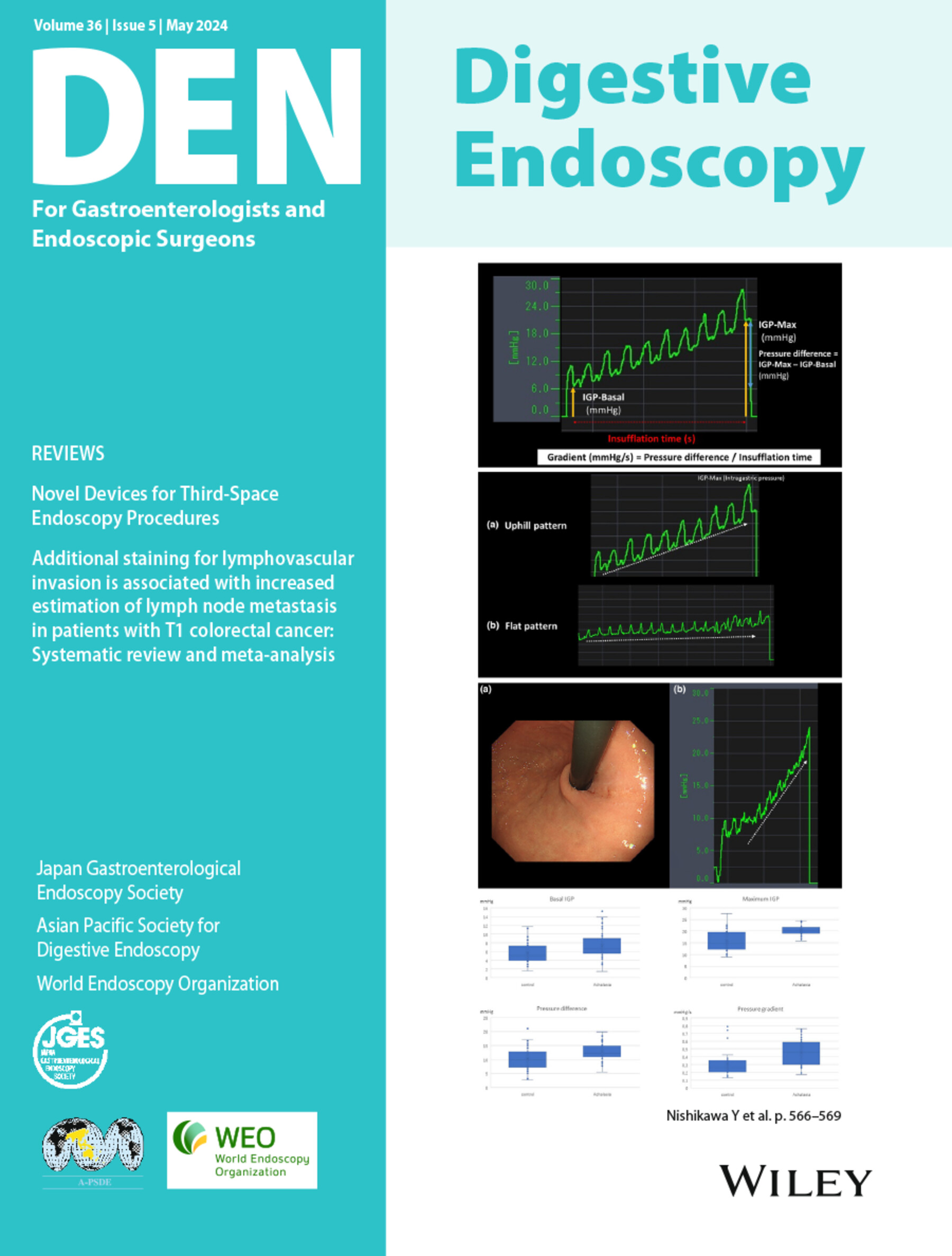Comparison of Remimazolam and Propofol for Sedation in Endoscopic Retrograde Cholangiopancreatography: A Systematic Review and Meta-Analysis With Trial Sequential Analysis
Abstract
Objectives
Sedation for endoscopic retrograde cholangiopancreatography (ERCP) is challenging owing to patient comorbidities and procedural complexity. Remimazolam, a novel benzodiazepine, has potential safety benefits. We aimed to systematically compare the efficacy and safety of remimazolam and propofol for ERCP sedation through a meta-analysis and trial sequential analysis (TSA).
Methods
We searched Ovid-MEDLINE, Ovid-Embase, Cochrane Central, and Google Scholar for randomized controlled trials (RCTs) that compared efficacy and safety of remimazolam and propofol in ERCP sedation. Sensitivity analysis and TSA were also performed.
Results
Five RCTs (965 participants) were included. In these trials, remimazolam significantly reduced hypoxia (risk ratio [RR], 0.522; 95% confidence interval [CI] 0.348–0.783; Grading of Recommendations, Assessment, Development, and Evaluation [GRADE], high), hypotension (RR, 0.507; 95% CI 0.396–0.649; GRADE, high), and bradycardia (RR, 0.475; 95% CI 0.308–0.732; GRADE, high). However, it increased tachycardia (RR, 3.363; 95% CI, 1.466–7.714; GRADE, moderate) and body movement (RR, 2.744; 95% CI, 1.216–6.193; GRADE, moderate). Delirium and agitation (RR, 0.586; 95% CI, 0.157–2.179; GRADE, moderate) and completion rate (RR, 1.009; 95% CI, 0.97–1.042; GRADE, moderate) were comparable. Recovery quality was higher in remimazolam group (mean difference, 1.541; 95% CI, 0.057–3.024; GRADE, low). Other outcomes, including induction and recovery times, were similar.
Conclusion
Remimazolam demonstrated superior safety profile than propofol for ERCP sedation, significantly reducing hypoxia, hypotension, and bradycardia with high certainty evidence and TSA confirmation. Despite the higher incidence of tachycardia and body movement associated with remimazolam, the completion rate and risk of delirium or agitation were similar for both sedatives.


 求助内容:
求助内容: 应助结果提醒方式:
应助结果提醒方式:


